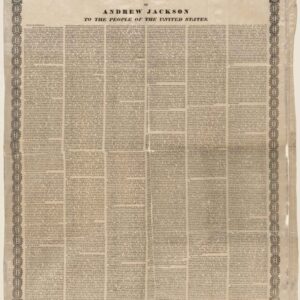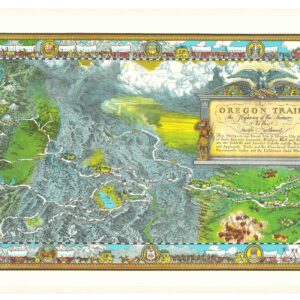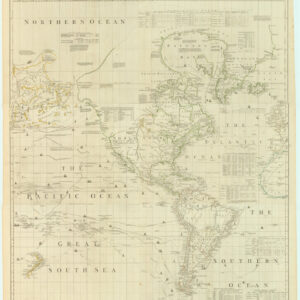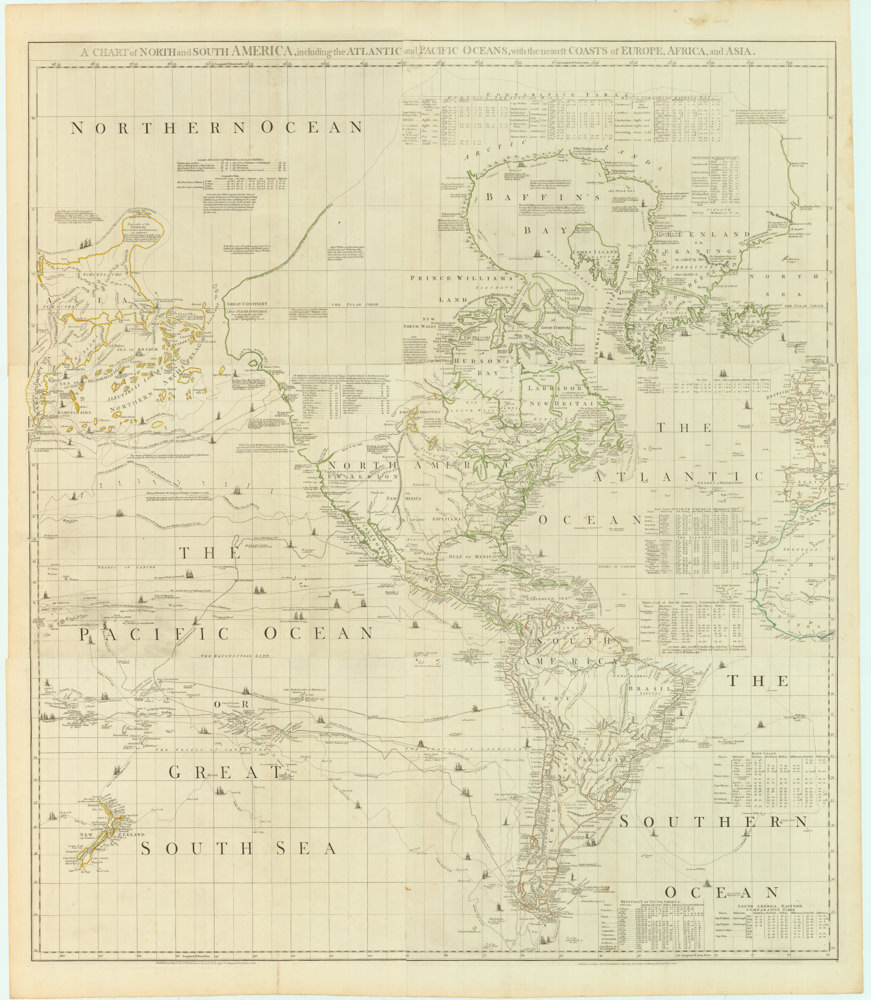Phelps & Ensign’s 1841 map of the United States: the embodiment of early American enterprise and patriotism.
[Republic of Texas] Phelps & Ensign’s Travellers’ Guide, and Map of the United States, containing the roads, distances, steam boat and canal routes &c.
Out of stock
Description
Listen to Kristoffer discuss this map:
This historic map of the United States depicts the nation prior to the conference of statehood on the Republic of Texas (1845), prior to the Treaty of Guadalupe Hidalgo Treaty (1848), and prior to the Gadsden Purchase (1854). In this way, the map constitutes both a comprehensive cartographic visualization of national pride and identity, as well as a version of that idea that predates so many important events that would come to shape the American experience and consciousness. As such, the map captures an evolving America, in which most of the lands west of the Mississippi remain a frontier. We see, for example, that Missouri and Iowa Territories, while clearly defined, are still enormous unmapped regions, whereas a diminutive Texas is being squeezed by its larger neighbors.
The map is deliberately decorative. Measuring 34 by 28 inches, it was printed on four separate sheets and subsequently backed on linen for longevity and stabilization. The subdivision of these frames is not as one would imagine. Rather than being four equal sized sheets, each sheet was printed with one distinct part of the whole. Thus, the main sheet is the map itself, which constitutes the entire upper two-thirds of the chart in its entirety. The lower half of the map consists of three parts, all of which are pictorial. In unison they provide a gallery of national imagery and symbolism meant to instill patriotic pride in the viewer.
For their part, the two smaller and flanking sheets each contain five portraits of former presidents. In the middle, the fourth sheet contains four smaller scenes in the top tier (i.e. the landing of the Pilgrims, the Battle of Lexington, the Battle of Bunker Hill, and General Washington’s farewell to the Army), below which is a larger depiction of the signing of the Declaration of Independence based on Trumbull’s famous painting. The text of the Declaration is printed in full in the lower left corner of the map sheet. An interesting technical element to this map is the fact that the smaller portrait sheets were printed as copper engravings, while the two larger sheets, with pictorial scenes and the map, were lithographed.
The map itself covers an area from the Rocky Mountains in the west to the Atlantic in the east, and from Lake Michigan and Lake Huron in the north, to the Gulf of Mexico in the south. Having been issued in the early 1840s, Texas is of course shown as an independent Republic (1836-45), while the lands further west would continue to be Mexican territory for another seven years. This vast swathe of land, which now constitutes a core part of the United States, only came under American jurisdiction following the US-Mexican War (1846-48) and the signing of the Treat of Guadalupe Hidalgo (1848).
Major roads and settlements are noted throughout the country, and both states and territories have been color-coded and clearly labeled for easy identification, underlining that this map was meant to be seen, not shelved. A somewhat new element in maps meant for public display was the inclusion of Native American tribal affiliations in the Territories and beyond. This reflects just how ignorant most Easterners were of this country’s indigenous inhabitants.
In the lower right corner of the map, we find a series of small insets depicting first the Florida Keys and then the vicinities of America’s thirteen major ports at this time (i.e. New York, Philadelphia, Boston, Baltimore, New Orleans, Mobile, Cincinnati, St Louis, Charleston, Pittsburgh, Chicago, Detroit, and Washington, D.C.). To the left of the map, three further insets depict physiographical data and include a schematic view of the ‘Chief Rivers’ of the World, with principal towns noted along them; then a double-hemispheric depiction of the world; and finally, a ‘comparative view of the principle mountains of the world’ in which America’s peaks are compared and contrasted with those in Europe, Asia, and Africa. Below this, we find the largest bit of text on the map, which is a full printing of the Declaration of Independence, including a key to identify the signatories.
Census
The OCLC lists 25 versions of this map in library collections across the world. Among the listed copies, the earliest dates to 1839 and the the latest to 1845.
Cartographer(s):
Edward Hooker Ensign (1818-1871), like his frequent business partner Humphrey Phelps, was from Connecticut, though he was of an entirely different generation than Phelps. Ensign seems to have taken over his father’s printing business in New York during the 1830s. There are certainly several maps from this period, which were published as being by ’T. & E.H. Phelps’ or simply as ‘Ensigns’. In general, Ensign collaborated with a number of New York printers, mapmakers, and publishers (especially Phelps and Horace Thayer) to produce a range of different and highly sought-after maps.
Humphrey PhelpsBorn in Hebron, Connecticut, Humphrey Phelps (1799-1875) started his printing business in New York around 1830, when he issued his Strangers’ Guide to New York, which also included a map of the city that he had compiled himself. He later become well known for his immigrant and tourist guides to New York and America in general. During the early to mid-19th century, the printing and publishing business in New York was very flexible, with numerous project partnerships being made and broken. Often being issued in low numbers, this flurry of printing activity has resulted in a plethora of now rare publications that reveal how quickly both the cities and the country was developing. Among the many collars that Phelps engaged in, one of the most successful was his partnering with Edward Hooker Ensign to create their 1840s patriotic map of the United States.
Condition Description
Original wash color. Overall wear with some small losses to image, abrasions. Toned as usual, mounted on linen for stabilization and longevity.
References




